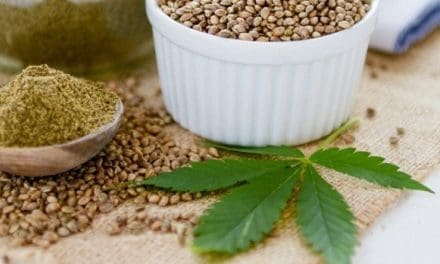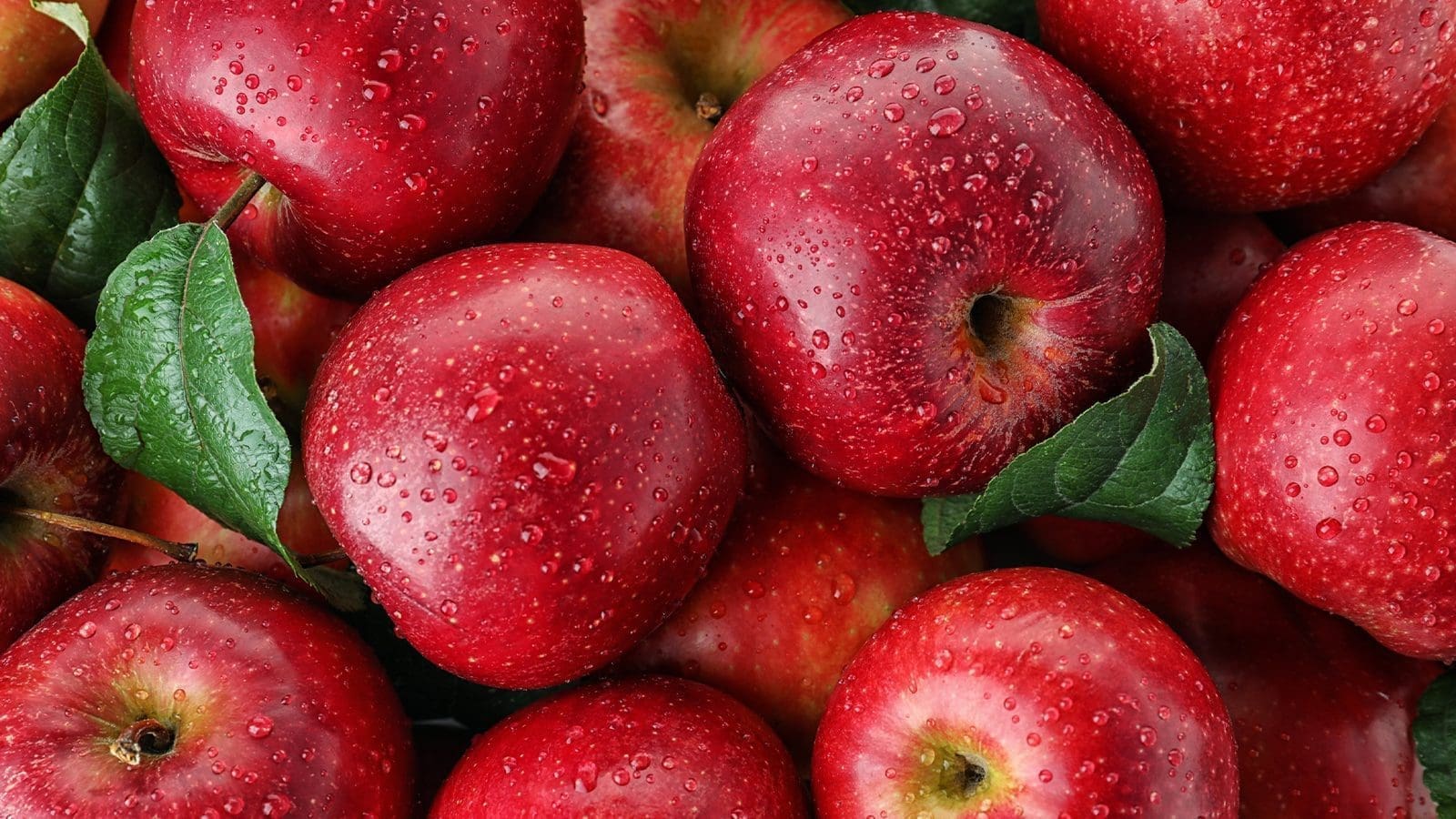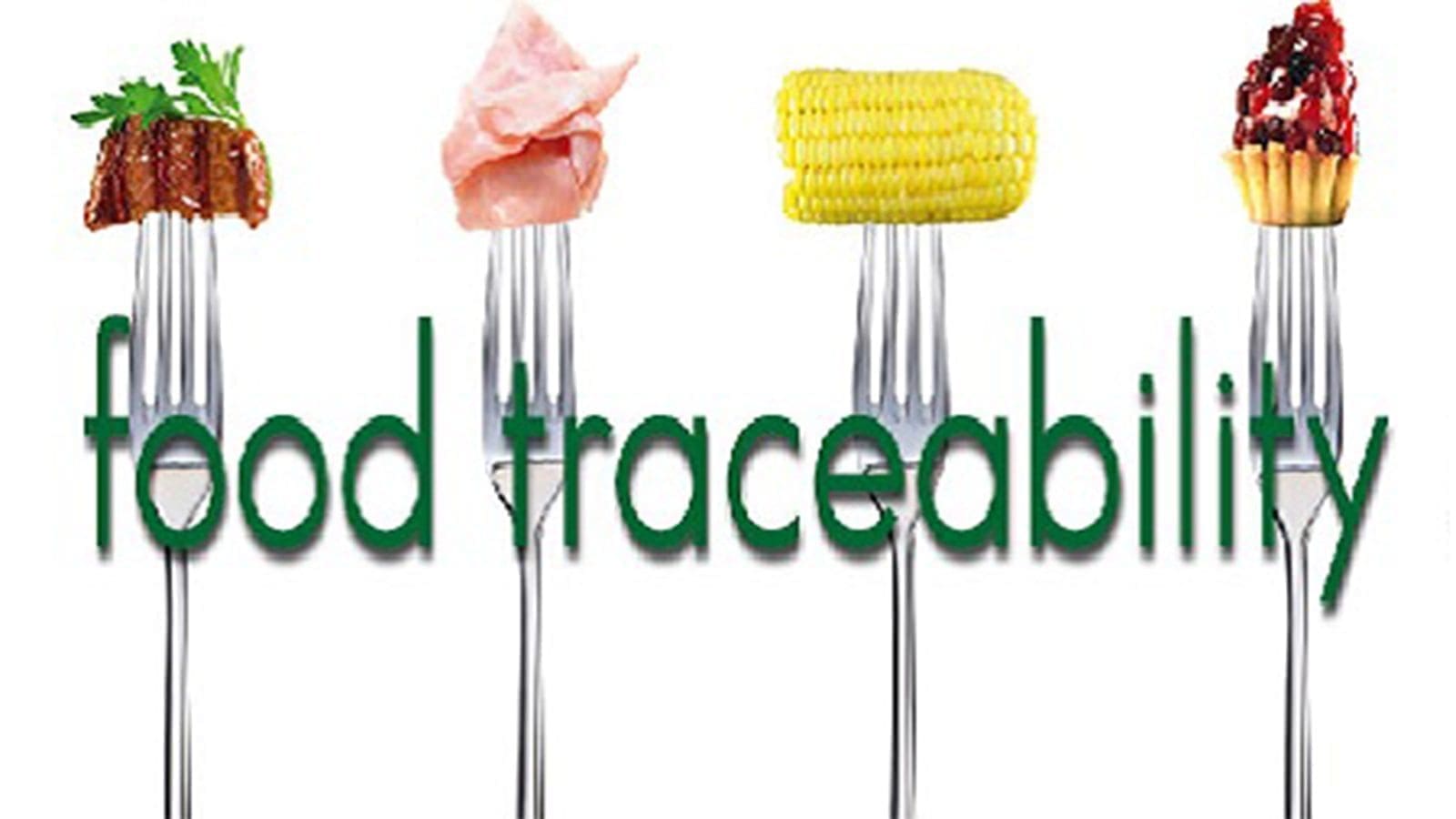U.S – The Northeast Center to Advance Food Safety (NECAFS) of the University of Vermont Extension (UVM) has published a number of factsheets on the safety of produce in hydroponic and aquaponic operations for educators, policymakers, and farmers.
The updated factsheets walk readers through factors for crop safety that are unique to hydroponic and aquaponic operations.
The educational materials were developed by NECAFS with advice and thorough assessment by a national advisory group in order to give stakeholders clarity and understanding.
The Produce Safety Regulation (PSR), which is a requirement of the Food Safety Modernization Act (FSMA) of the United States Food and Drug Administration (FDA), is discussed in the factsheets; however, they do not include all PSR requirements.
The factsheets instead discuss important factors to take into account when adjusting produce safety procedures to the particular characteristics of hydroponic and aquaponic operations.
The NECAFS provides factsheets on Cleaning and Sanitizing, Fish Health and Handling, Harvest and Postharvest Handling, Personal Health and Hygiene, and Wildlife and Domesticated Animals.
The FSMA PSR sets mandatory standards for growing, harvesting, packing, and holding produce for human consumption. Farms that are covered by the FSMA PSR will be held to certain standards designed to reduce the presence of foodborne illness-causing organisms that can contaminate produce.
Cleaning and Sanitizing
The Food Safety Modernization Act Produce Safety Rule’s cleaning and sanitizing specifications apply to packing spaces as well as hydroponic and aquaponic production environments.
This information sheet’s goal is to assist producers in categorizing the surfaces that come into contact with food and those that don’t so that a cleaning plan, sanitizing schedule, and proper standard operating procedures (SOPs) can be developed.
Fish Health and Handling
The production of fish and food is interconnected in an aquaponic system via recirculating water.
While methods pertaining to fish health and handling are not mandated by the Food Safety Modernization Act Produce Safety Rule (FSMA PSR), it is crucial for aquaponic growers to be aware of how these actions affect the safety of their produce.
In other words, the safety of the produce depends on healthy fish and correct handling.
This fact sheet’s goal is to highlight methods for fostering an aquatic environment that will support the growth of healthy fish and lower the danger of produce safety.
Harvest and Postharvest Handling
Hydroponic and aquaponic harvesting and postharvest handling procedures are typically the same as those used in field agriculture.
One significant distinction is that in these operations, crop production water (water used in crop growth) can be present near the crop during harvest.
As these processes are soilless and produce is frequently not washed, postharvest water (water that meets produce or food contact surfaces during or after harvest) may or may not be used.
This fact sheet focuses on procedures that lessen the possibility of cross-contamination between persons, water, tools, and equipment during harvest and post-harvest activities.
Personal Health and Hygiene
Humans regularly and frequently engage with the many parts of hydroponic and aquaponic operations.
Thus, it is crucial to implement health and hygiene standard operating procedures (SOPs) and provide effective training in order to provide safety.
This factsheet’s goal is to encourage producers to think about the various ways people engage with the system.
Growers need to know when training in health and hygiene is necessary based on these interactions.
Pathogens can be transferred to produce and food contact surfaces by wild animals and domesticated animals.
Growers must therefore restrict or bar their access to the areas used for production and packing.
This information sheet’s main goal is to highlight the assessment, monitoring, and exclusion procedures unique to a given operation, whether it is fully or partially enclosed or open to the environment.
The U.S Department of Agriculture’s National Institute of Food and Agriculture’s (USDA’s NIFA’s) Food Safety Outreach Program awarded a grant to support the creation of the factsheets.
The development of the teaching materials involved representatives from the USDA, stakeholder organizations, businesses, and academia.
For all the latest food safety news from Africa and the World, subscribe to our NEWSLETTER, follow us on Twitter and LinkedIn, like us on Facebook and subscribe to our YouTube channel.








